5 Better Tests Than the BMI To Assess Your Body Composition
One of the best predictors of illness is visceral fat and it's never been this easy to measure it.
Given what we know about health and body composition, there must be an ideal metric each of us needs to feel and perform our best. For me, somewhere around 160 lbs at 6’ has been great in my 40s. In my 30s, I did better at 168 lbs. And 178 lbs in my 20s.
“The modern term "body mass index" (BMI) for the ratio of human body weight to squared height was coined in a paper published in the July 1972 edition of the Journal of Chronic Diseases by Ancel Keys and others.” - Wikipedia
Crude Metrics - The BMI
Clinical medicine has evolved a lot in the past 53 years, making the BMI too crude for most of us. Here are 5 other tools that will beat this measurement as a health metric.
Of course, raw weight needs little explanation - it simply fluctuates too much with stool and water retention/excretion. Though on the extremes it can be a very helpful metric.
1. MRI
This non-contrast MRI can cost anywhere around $250-500 and will show any organ (visceral) fat, and usually will include a PDFF (proton-density fat fraction) for liver fat, specifically. I don’t use this test much but when I get it I usually look for the visceral and subcutaneous fat content. It is one of the most accurate tests for visceral fat.
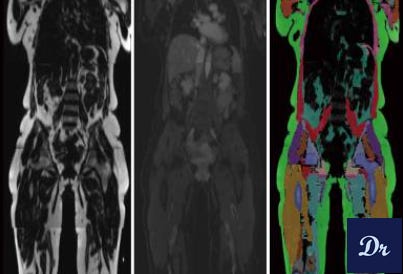
There are many websites where you can shop for direct-to-consumer radiology studies. I refer my own patients to websites like Radiology Assist or Green Imaging.

2. Waist-to-Height Ratio
This is the best bedside predictor of overall health as it relates to body composition. Measure waist at the narrowest point (or midway between ribs/hip crest), with a relaxed abdomen. Divide this number by your height in the same units.
I like this video from the NHS that shows you how to measure your WtHR.
3. DEXA Scan
Modern DEXA scans can report not just bone density but muscle mass, fat mass, and differentiate between subcutaneous and visceral fat. Though not as accurate as MRI, at around $100, it’s affordable and other than the slight radiation, it’s safe.
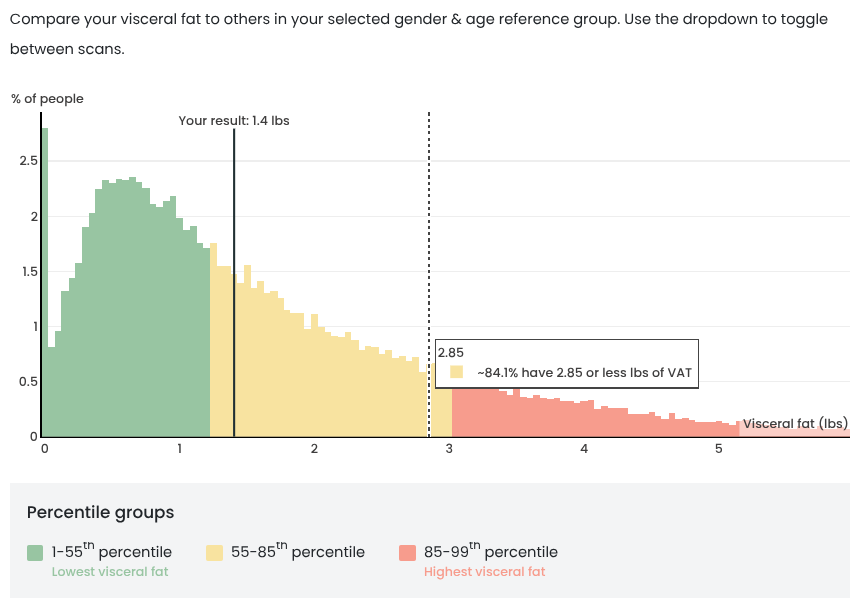
I’ve been using Body Spec because they have many mobile van u....nits, which makes it convenient. You can check out their sample reports here.
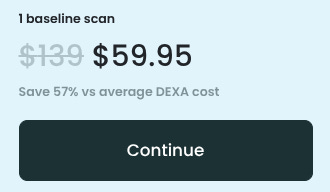
4. Bioimpedance (BIA)
These scales come in many forms. Usually the ones with hand-grips tend to be a little more accurate. At less than $100, these could be a good investment. Remember, this device is even more finicky than a DEXA, so your hydration status matters. They come with good instructions for all of that.
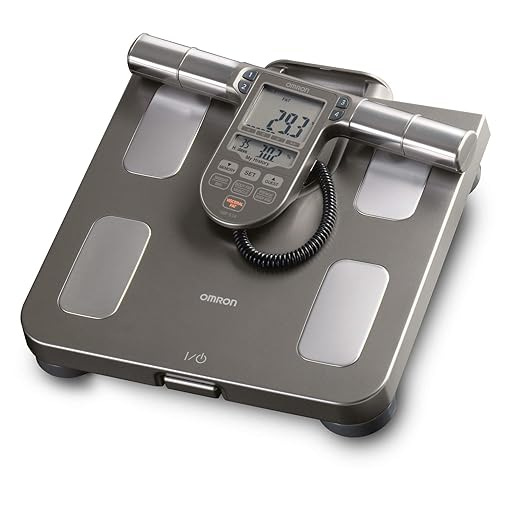
5. Mirror Test
I have a newsletter on this topic, but here is a brief summary. Stand in front of a full-body mirror with good lighting.
Front appearance: look for waist indentation, love-handle fullness, and thigh/hip proportion.
Side: look at abdominal shape (soft fold you can pinch = more subcutaneous; a firm round belly you can’t pinch much = more visceral pattern), and low-back/upper-glute fat.
Back: flank rolls and upper-back fat.
Should You ‘Measure’ Your Health
Given how advanced our public health policies are and how safe the food supply is compared to just 50 years ago, some argue that measuring and tracking overall health may be of little value.
With each of my clients we have these deeper conversations to find out if they’d benefit from some kind of biometric data - whether weight, blood pressure, or PSA test.
Every single clinical measurement that we have developed is only useful in telling us how its manipulation would change the patient’s baseline risk. If you have zero risk of gun violence at home, me asking you about unsecured guns in your house is of very little value. If you have no health complaints whatsoever, checking a thyroid test on you can only result in false positives. But if you have a family history of cardiovascular disease, knowing your blood pressure and lipid levels are paramount.
What Are Ideal Ranges & Values?
I realize that many “normal” results are listed but that’s not the way I do it in my health coaching practice. Each person gets an individualized assessment and we interpret their results based on their individual risk. It would be a shame to have someone get their waist circumference in the ‘ideal’ range only to fail to address far more important risk factors.




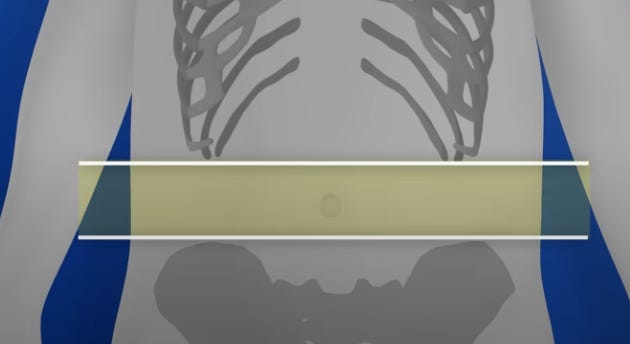

I mean, yeah, I get it. But I’m nearing 60, have early onset dementia, and I’m otherwise healthy. Not overweight. Not thin. Maybe I’m a little depressed. I don’t know. Just pass me my brandy.